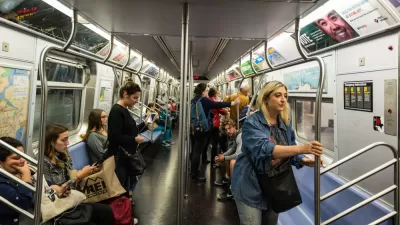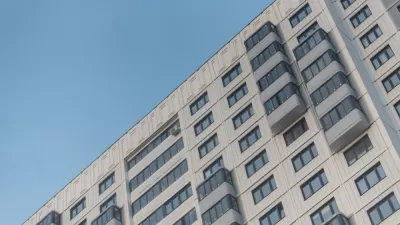China is rapidly becoming home to more and more mega-cities, and there's little sign of it slowing down.
"The mega-city -- usually defined as a city with a population of 10 million or more -- isn't a new phenomenon, or one that China invented. Yet urbanists are looking to China (where Shanghai and Beijing are already mega-cities, and at least a dozen others are huge, if not "mega") to find the capital of the 21st century, rather like Paris was the capital of the 19th, and New York the capital of the 20th. And these urbanists (the profession that studies urban trends and design with varying degrees of academic legitimacy) are fascinated by Chinese cities, horrified by them, desperate to steer them away from environmental disaster and growing social anomie. Animating all this concern is a basic fact: The Chinese mega city isn't there yet. It is still growing. A migration unlike anything the world has ever seen is in progress, with hundreds of millions of rural Chinese flocking to cities."
"The statistics are overwhelming. If China continues to urbanize, if it reaches levels comparable to the United States (around 80 percent urban), there could be a billion people living in its cities sometime in the not-so-distant future. Conservative, near-term estimates suggest that 200 million to 300 million people will leave traditional rural and village life for the economic opportunities of China's exploding urban areas over the next two decades."
FULL STORY: Sizing Up a Mega-City

Study: Maui’s Plan to Convert Vacation Rentals to Long-Term Housing Could Cause Nearly $1 Billion Economic Loss
The plan would reduce visitor accommodation by 25,% resulting in 1,900 jobs lost.

North Texas Transit Leaders Tout Benefits of TOD for Growing Region
At a summit focused on transit-oriented development, policymakers discussed how North Texas’ expanded light rail system can serve as a tool for economic growth.

Why Should We Subsidize Public Transportation?
Many public transit agencies face financial stress due to rising costs, declining fare revenue, and declining subsidies. Transit advocates must provide a strong business case for increasing public transit funding.

How to Make US Trains Faster
Changes to boarding platforms and a switch to electric trains could improve U.S. passenger rail service without the added cost of high-speed rail.

Columbia’s Revitalized ‘Loop’ Is a Hub for Local Entrepreneurs
A focus on small businesses is helping a commercial corridor in Columbia, Missouri thrive.

Invasive Insect Threatens Minnesota’s Ash Forests
The Emerald Ash Borer is a rapidly spreading invasive pest threatening Minnesota’s ash trees, and homeowners are encouraged to plant diverse replacement species, avoid moving ash firewood, and monitor for signs of infestation.
Urban Design for Planners 1: Software Tools
This six-course series explores essential urban design concepts using open source software and equips planners with the tools they need to participate fully in the urban design process.
Planning for Universal Design
Learn the tools for implementing Universal Design in planning regulations.
City of Santa Clarita
Ascent Environmental
Institute for Housing and Urban Development Studies (IHS)
City of Grandview
Harvard GSD Executive Education
Toledo-Lucas County Plan Commissions
Salt Lake City
NYU Wagner Graduate School of Public Service





























